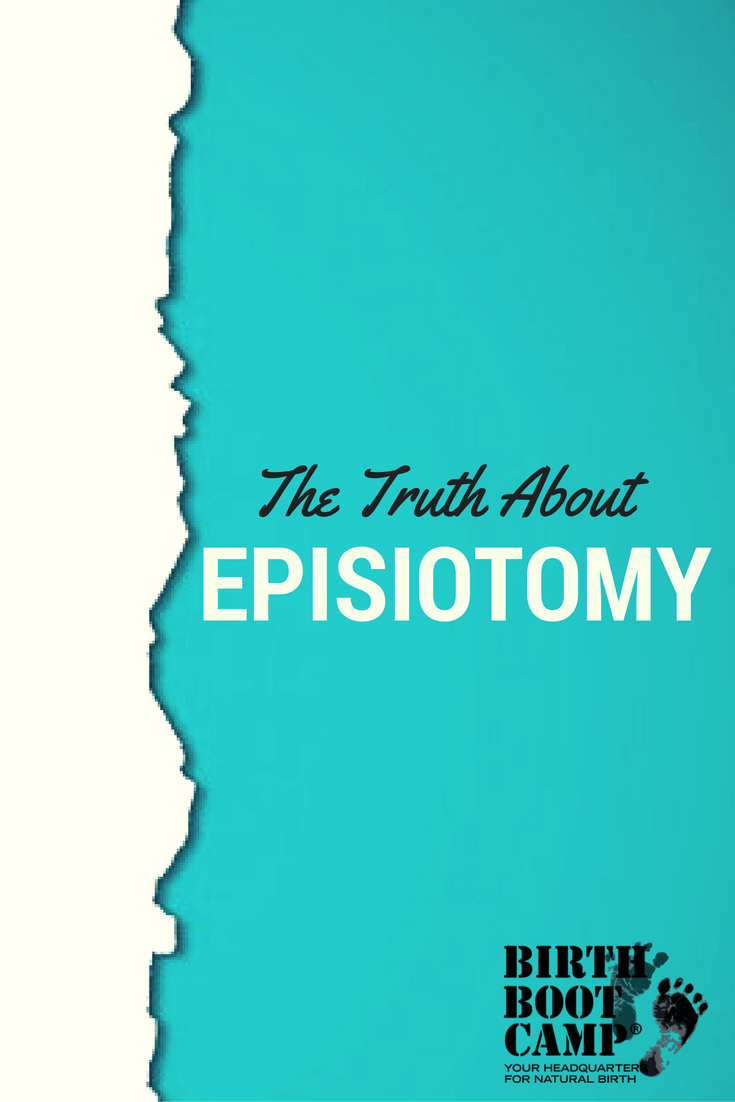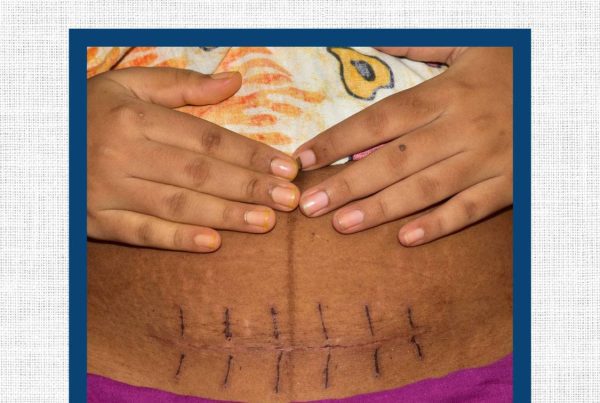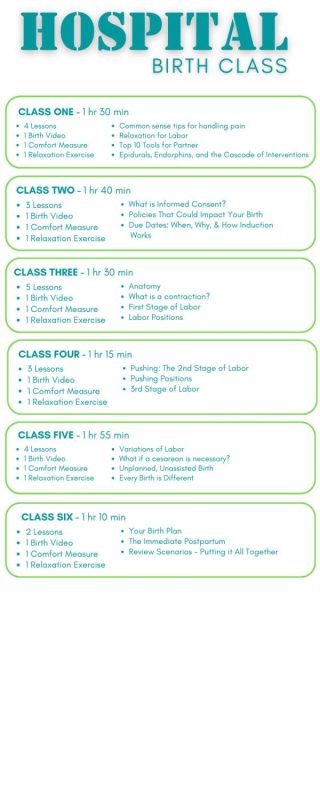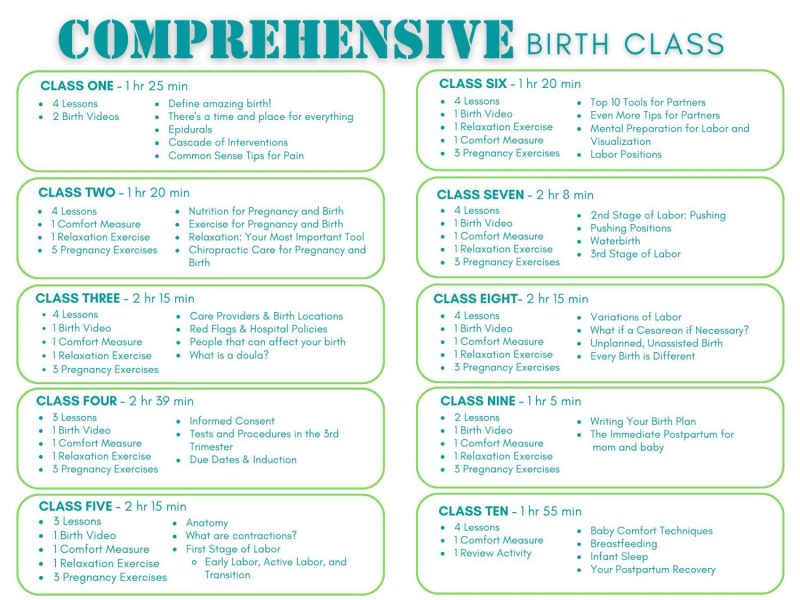The Truth About Episiotomy-
Episiotomy is a cut to the tissue between the vagina and the anus, also called the perineum. Done typically with scissors, episiotomy is considered one of the more common surgeries performed on women, happening in about 12% of births.(1)
Because of the continued, though dropping prevalence of episiotomy during childbirth, it’s worth learning more about this procedure.
What is the history behind episiotomy?
Episiotomy was in its heyday during the era of twilight birth. When women were not fully conscious for their delivery and were assisting much less during the second stage or pushing part of birth, it was common for their delivering physician to cut an episiotomy and use forceps to help deliver the baby.
While the basic mechanics of birth stay the same throughout history, the practice of obstetrics and the culture surrounding birth is constantly changing. Since those days of twilight sleep, birthing practices have changed quite a bit.
However, even when epidurals came into popularity as a more common form of labor pain relief, the episiotomy was still commonly performed, kind of as a “leftover†from earlier times. As we have moved further and further away from that era, the use of episiotomy has declined as has its general usefulness.
Why is episiotomy performed?
Generally an episiotomy is performed to speed the second stage (pushing) of labor. Cutting the vagina to make it bigger does seem to get the baby out a little quicker as the tissues normally stretch slowly to allow the passage of the baby.
Sometimes the episiotomy is performed simply out of habit or training, as mentioned before. But sometimes an episiotomy may still be necessary if the baby needs to be delivered quickly and there is risk of damage to the baby that can only be avoided using this procedure.
Of course the believed “need†for episiotomy can vary a lot by provider, with some believing that they are almost never necessary (some hospitals have episiotomy rates in the single digit percentages) and others feeling that all first time moms can benefit from them.(2)
What are some of the possible negatives of episiotomy?
One of the more common negative aspects of episiotomy is continued tearing. While there are different ways to perform an episiotomy (see below for more techniques) it is common for the mother to tear beyond the cut. Studies have found that women with an episiotomy are 8 times more likely to have a severe laceration.(3)
The perineal tissues are pulled taut as the baby’s head is passing through. When the tissue is snipped at this time, the cut weakens the tissue and allows it to tear further.
This can mean deeper lacerations into the anus, and all the problems that are associated with that, such as fecal incontinence and considerable pain and a recovery period of six months or longer.
Are there any pros behind performing this procedure?
Episiotomy can be beneficial to the provider as it can speed the second stage of labor. Some claim that it is easier to stitch a cut than a tear, though an episiotomy is guaranteed perineal damage and not all women tear during the pushing process and many tear very minimally. Some feel that it is helpful to cut the perineum if the tissues are tearing towards the clitoris. If not needed for an emergency reason, today episiotomy is not seen as helpful to the birthing mother in any way.(4)
How is an episiotomy performed?
An episiotomy is performed with a pair of surgical scissors which are used to cut the tissue. There are two basic styles of episiotomy currently in use:
- Midline- The midline episiotomy is a cut straight towards the rectum. Sometimes this is performed without anesthetic just as the baby is crowning and the pressure is numbing the area. This is a midline pressure episiotomy and the birthing mother ideally doesn’t feel the cut.
- Mediolateral- A mediolateral episiotomy is a cut at an angle in an effort to avoid tearing through the muscles to the rectum. While it can help avoid this, it can also be a difficult recovery.

If mom is not already numb with an epidural, a local anesthetic can be given for either technique.
Why has the practice of episiotomy fallen out of favor?
Because it is awful, often entails a difficult recovery, and is not supported by evidence in most situations. (5)
What is the alternative to episiotomy?
Many women fear tearing of the perineum during birth, after all, it sounds very unpleasant to have the vagina “torn†or “ripped.†While the language is not welcoming, a naturally occurring tear is now thought to be a better option than a surgical episiotomy.
Of course, it is very important to remember that you won’t necessarily tear if left alone! This isn’t an either/or situation.
How can I avoid an episiotomy?
Your choice of care provider is key in avoiding an episiotomy. Care providers who prefer this method of delivery are likely to do it, while those who recognize it as an outdated practice simply don’t perform them very often, if at all.
Talk to your provider about their practices and if and when they feel episiotomy is appropriate. Find out what position they prefer their patients to deliver in as some feel that supine (on your back) positions can cause deeper tears to the vaginal tissues.
Avoiding pain medication can also be helpful as assisted delivery is more common among medicated birth especially if mom can not feel well enough to push.

Upright positions where mom is in control and supported by her birth team can help her feel safer and avoid episiotomy.
Many also feel that eating a healthy, whole food diet with adequate healthy fats and oils can help the tissues be prepared and stretch.
Some advocate the use of perineal massage prior to labor or during birth as well as warm compresses during pushing, while others advocate for keeping hands and scissors away from the area and instead encouraging women to birth in a position that feels best for them, rather than as instructed by an outside care provider.
~
Episiotomy has so completely fallen out of favor in the United States that you can very likely find a provider who does them only on rare occasion. Birthing as you feel best and under your own power, along with a carefully chosen provider who recognizes current research on this subject as well as understands how well your body works is your best bet for avoiding this procedure.
Birth takes time. The patience required for childbirth is not always easy for both the woman or her support team, but in the case of our vaginal tissues, time helps them stretch normally and accomplish what they are well designed to do.
You can have an amazing birth. Chances are you can have one without an episiotomy.
~
Photo credit: Medio-lateral episiotomy illustration. Created 1/9/2005 in Adobe Illustrator by Jeremy Kemp. Based on elements of an illustration at prohighway.com and a photo found on Moondragon.org.
- http://www.acog.org/About-ACOG/News-Room/News-Releases/2016/Ob-Gyns-Can-Prevent-and-Manage-Obstetric-Lacerations
- http://onlinelibrary.wiley.com/doi/10.1046/j.1523-536X.1998.00226.x/abstract
- https://www.ncbi.nlm.nih.gov/pubmed/2183106?dopt=Abstract&holding=f1000,f1000m,isrctn
- http://www.mayoclinic.org/healthy-lifestyle/labor-and-delivery/in-depth/episiotomy/art-20047282
- http://www.cochrane.org/CD000081/PREG_episiotomy-for-vaginal-birth









